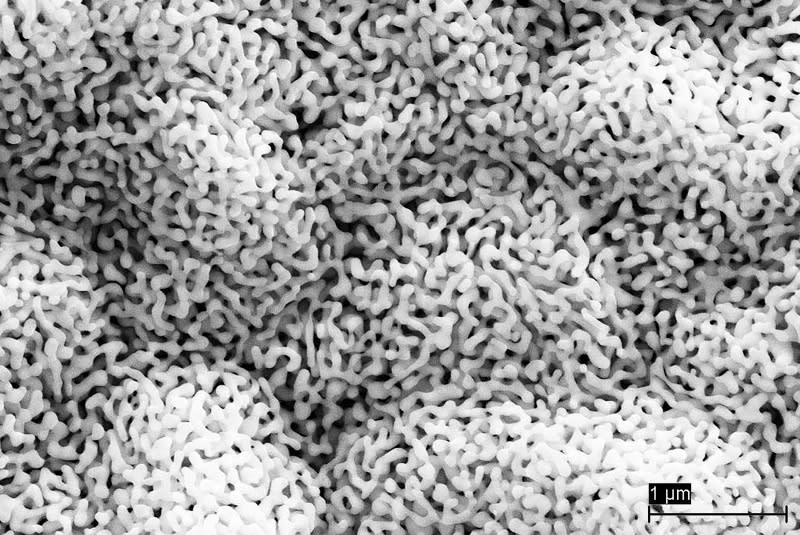1,000-pixel headlights could offer improved vision at night
Each pixel can be individually controlled for greater adaptability.

Researchers at the Fraunhofer Institute have developed a new headlight technology that automatically and intelligently adapt to the current traffic conditions. The team, led by Dr. Hermann Oppermann, essentially wired four, 256-pixel LED arrays together and connected them to a driver electronics chip. With it drivers will be able to have permanent high-beams that automatically dim when an oncoming car is detected. The head lights will also follow the course of the road (like an old 1940's Tucker) by blinking individual pixels on and off. What's more the system will reportedly be exceedingly efficient since it automatically turns off any unneeded pixels.

In order to be able to control each point of light independently a gold nano-sponge establishes the contact between each individual pixels and the driver chip. The nanoporous gold structure compresses like a real sponge and can be precisely adapted to the topography of the component. © Photo Fraunhofer IZM
Infineon, Osram, Hella and Daimler all collaborated with Fraunhofer to create the new headlights but, despite the backing of one of the world's biggest automakers, there's no word yet on when or even if the lights will make it to market.

